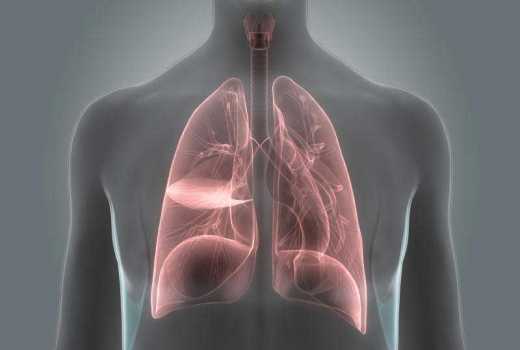
At the Kenyatta National Hospital’s (KNH) male “Blue Team” section in Ward 8D, Joseph Mwangi is receiving special focus unique to his condition.
Barely audible, Mwangi whispers after inquiry by doctors following a relapse triggered by failure to maintain the strict treatment regimen to tame the disease.
The doctor asks for N95 mask, the respiratory protective device known to block at least 95 per cent of airborne particles. He wants to get closer to him but has to take caution.
The masks are not available. The doctor immediately orders that the patient be moved to isolation wards.
The doctor does not understand why the nurses are throwing caution to the wind.
READ MORE
WHO seeks more funding for mpox response in Uganda
Health practitioners call for inclusion and enhancement of service delivery
Relief for patients as doctors end 60-day strike in Machakos.
“You should have taken masks from the TB clinic. A number of patients have tested positive for smear test yet you put yourselves at risk,” he tells the nurse.
A smear test is when mucus coughed up from the lungs is tested when doctors suspect TB.
Mwangi’s has come out positive, meaning TB is active and can be transmitted.
However, based on his condition doctors have also done culture test which is done for diagnosis as well as for finding out if it is a multi-drug resistant TB.
Once the results are out Mwangi will be moved to the Isolation Ward 41 on the ground floor of the KNH facility, nurses say.
The tests are conducted using GeneXPert. Kenya has 183 GeneXperts across the country who carry out over 250,000 tests and two culture laboratories that do over 8,000 tests annually.
This is a molecular test for TB which diagnoses the disease by detecting presence of TB bacteria, as well as testing for resistance to the drugs.
Mwangi is among the 577 out of the estimated 3,000 patients who will be treated of drug resistant TB this year. Available data shows that since 2016, Kenya has treated over 2,000 patients with good outcomes.
He admits that he did not follow the prescribed drug regimen because the treatment is long and the drugs have serious side effects.
The cost of treating patients like Mwangi is expensive and National Tuberculosis Leprosy and Lung Disease Programme estimates an annual admission fee of more than Sh70 million per year.
Drug resistant TB is a rising threat that has limited treatment options and expensive diagnostic tools.
Kamene Kimenye, Head National Tuberculosis Leprosy and Lung Disease Program says the cost of treating one patient is between Sh750,000 and Sh1 million.
“Sh250,000 is for the drugs however most of the money is channeled towards transport of patients, healthcare facility admission, nutrition, and transport of nurses who provide home based drugresistant TB treatment,” she says.
The Ministry guidelines do not require patients to be confined in hospitals and according to Kimenye, admission is only done in case of complications.
In the past, counties had TB Manyatta’s for isolation of Drug Resistant TB. Currently there are only three admission facilities for drug resistant TB with only 24 beds.
KNH has 15 beds, Homa Bay County has 11 and Moi Teaching and Referral Hospital has eight bed capacity. “Well, 30 per cent of the patients require admission which means we require 150 to 200 admission annually,” says Kimenye.
Since Mwangi’s condition is serious, he will be on treatment for nine months.
“The treatment used to take 20 to 24 months to treat but now we have reduced the number of months significantly,” says Kimenye.
The rise of drug resistance TB is a threat to efforts to eliminate the disease in the country, as only a third of cases are successfully treated.

